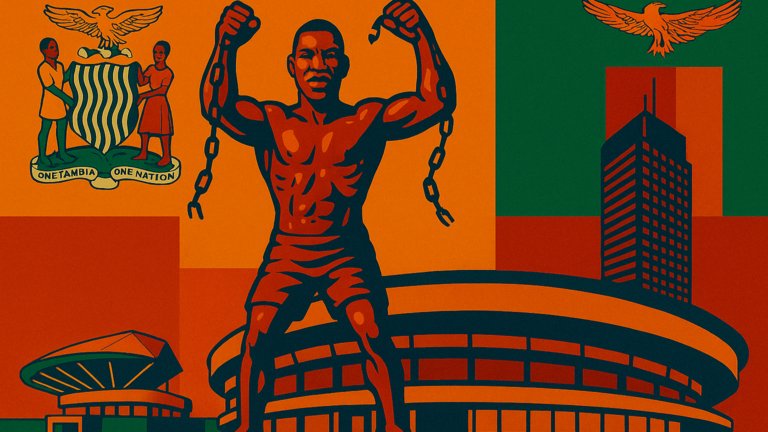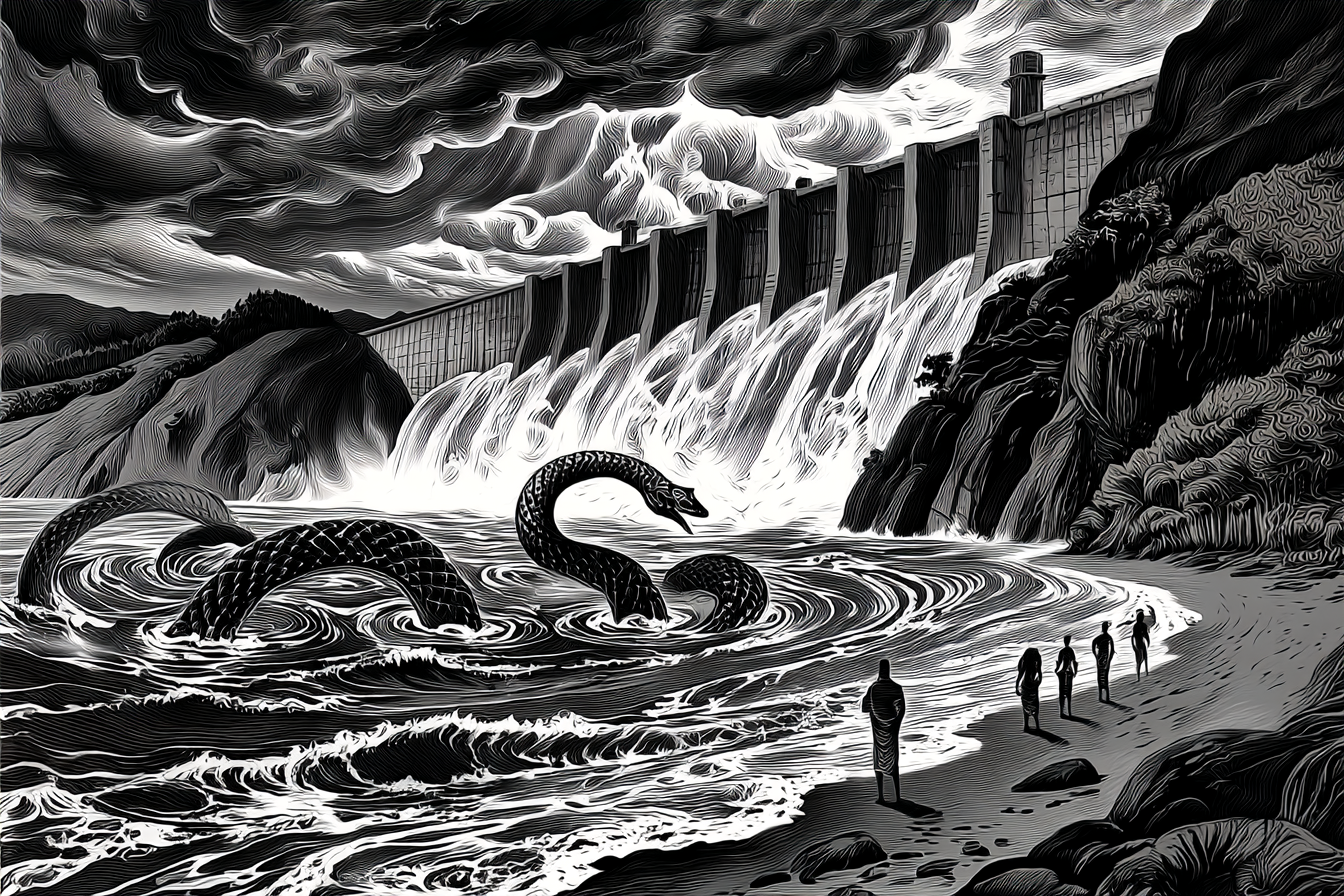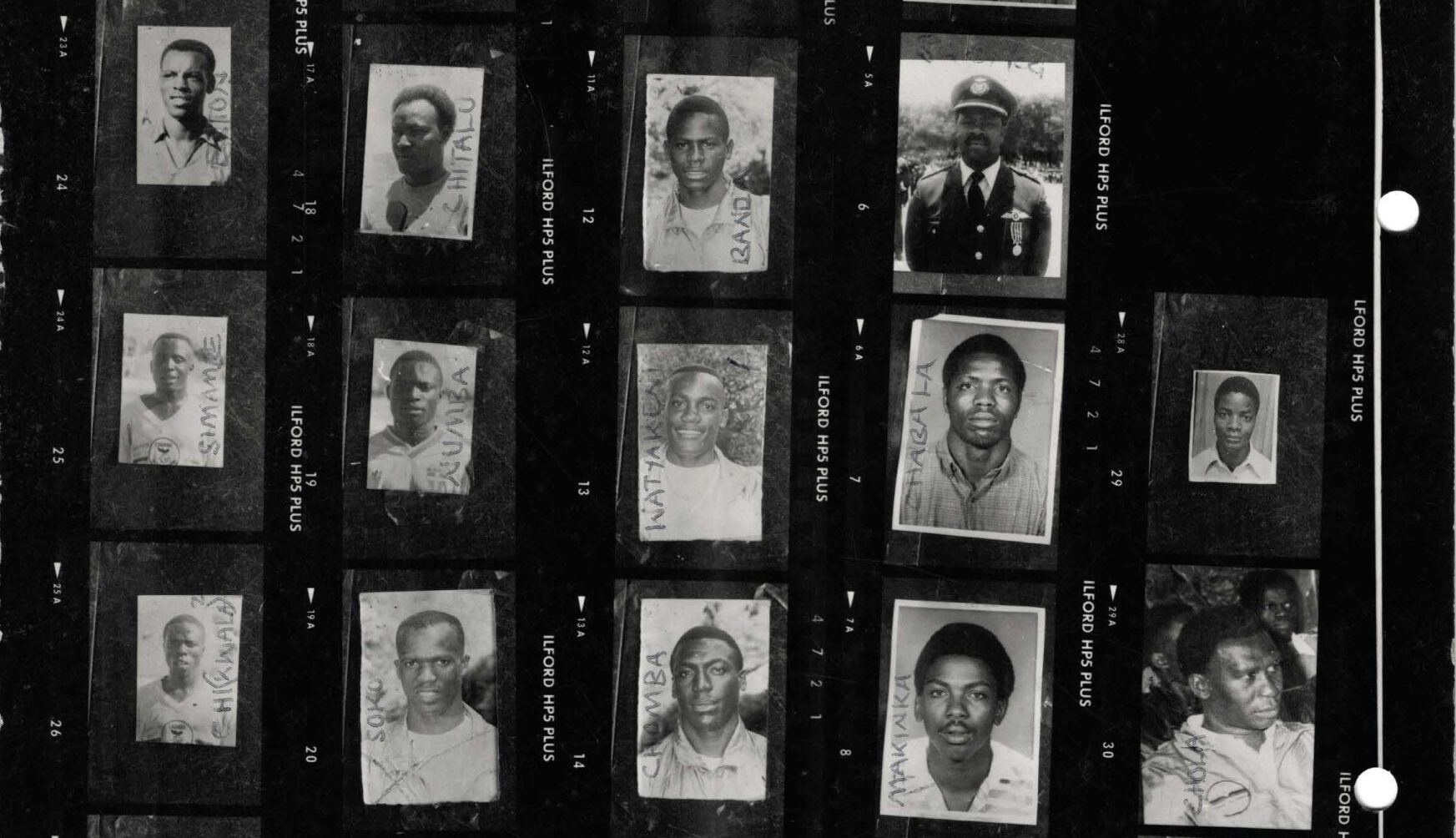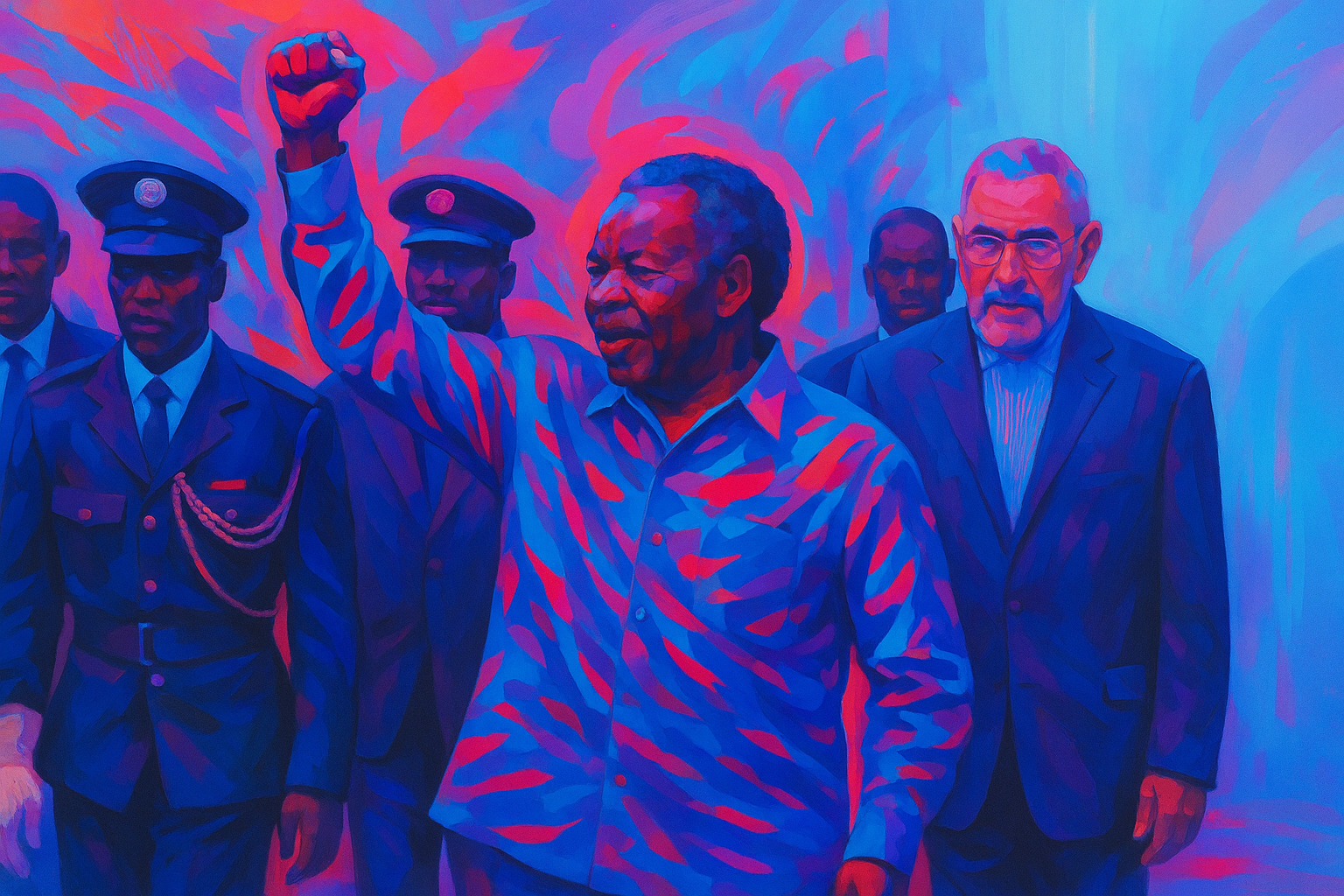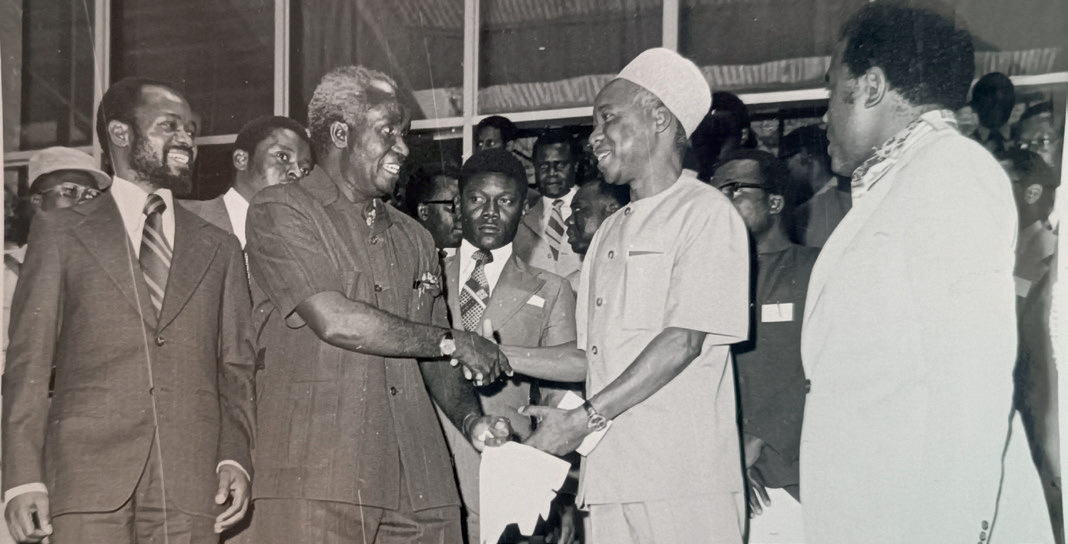Zanco Mpundu is one of the most recognisable figures in Zambian history and visual identity. He is the man memorialised in the Freedom Statue in front of the National Museum of Zambia. He decorates the national currency, and the incredible feat of his strength is retold over and over.
On December 31st, 1963, Londoners were ringing in the new year with the Beatles' hit single I Wanna Hold Your Hand. Ladies were draped in bright-coloured A-line miniskirts and men in pants with bell-bottoms and polka dots. Having lived through a decade that had brought with it refrigeration, laundry machines and blenders, all were eager to see what else might arrive to make their lives a little easier and fashion a little trendier when the clock struck midnight.
Across the Atlantic Ocean on this very same evening, on land ruled by a Queen who was closer to London than she ever was to the land itself, a young man named Mpundu Mutembo was in chains.
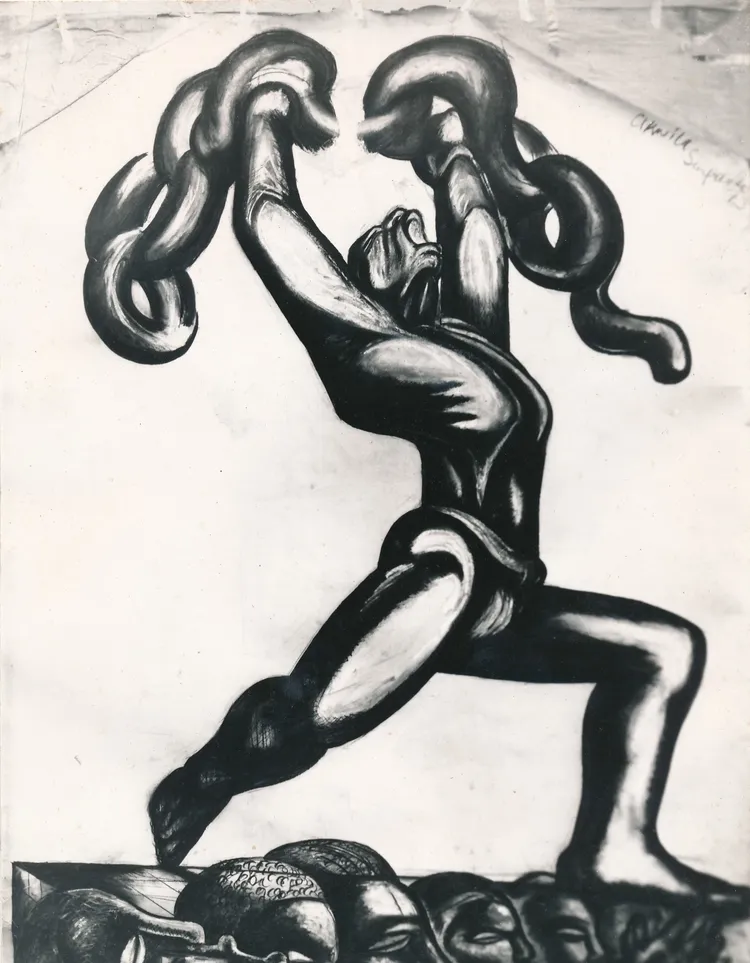
Born in Mbala, a place rich in natural beauty but poor in nearly everything else, Mutembo had left school when his father died and sought a solution to the ills of the country in politics. He attended camps with Zambian freedom fighters like Kenneth Kaunda and Simon Mwansa Kapwepwe and travelled to Kenya to learn from Dedan Kimathi Waciuri of the Kikuyu tribe, who was leading the Kikuyu rebels. His efforts and constant participation in the fight for liberation led to him holding the title of National Youth Chairperson for Political Struggle at only 18.
Zanco, as he was affectionately dubbed, had spent his New Year's Eve escorted down King George Avenue with a military guard, where he was being taken to police headquarters. There were weapons surrounding him, and cars filled with government soldiers to his front and back. They were eager and ready to strike at any hint of non-compliance.
Upon his arrival at the police station, Mutembo was led to a room filled with white officers and policemen: guns and cameras, chains and jeers. Mutembo's hands were placed in a pair of chains. "Break them or we will shoot you" was the threat, or rather the command. The task seemed impossible. Mutembo struggled as anyone would. He struggled as he heard the jeers and laughs and cameras flashing. He struggled as he realised that his humiliation would simply serve as an appetiser for their New Year's festivities. He struggled until his wrists were chafed and his arms bruised. He struggled until the chains broke, and there was silence.
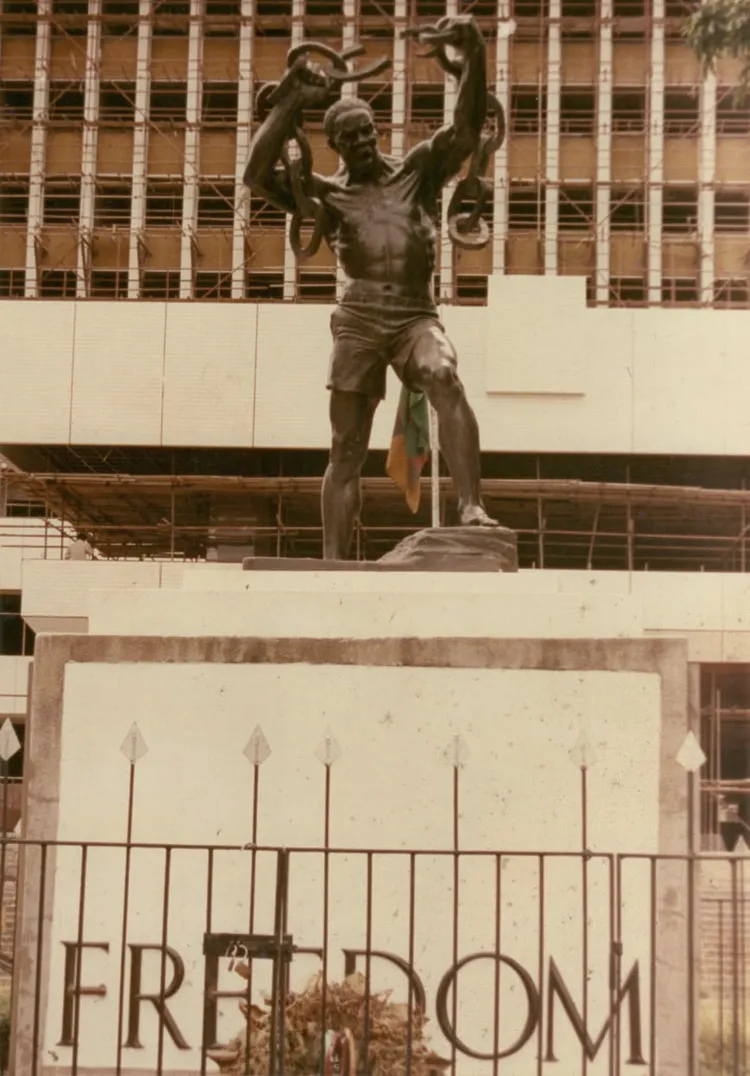
Much to the bewilderment of those watching, Mutembo's hands were free. By 1964, so was his country. The name Northern Rhodesia was but a distant memory, and the country he fought for was baptised Zambia.
Mutembo watched as the country was reborn and progressed. He watched leaders he studied under become presidents and vice presidents. He watched as the avenue he drove down that evening was renamed Independence Avenue, and a statue was erected in his honour. He watched every Independence Day as wreaths were laid in front of the statue that represented him and what others like him had done. He remained in Mbala. A place still rich in natural beauty. A place still poor in everything else.
Mutembo died in 2021 in abject poverty. A man rich only in symbolism. He never received his share of the wealth depicted on the currency that bore his image.
